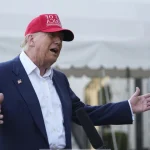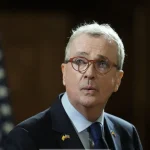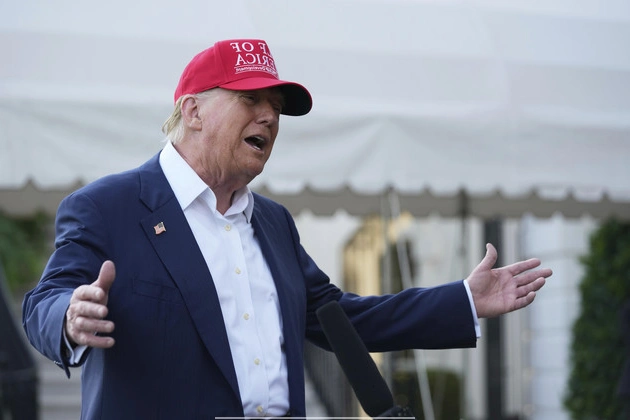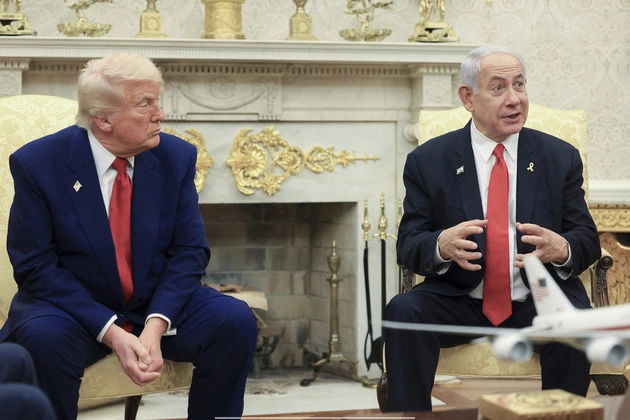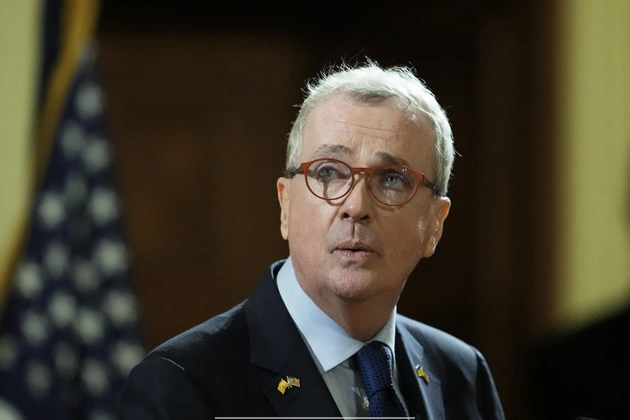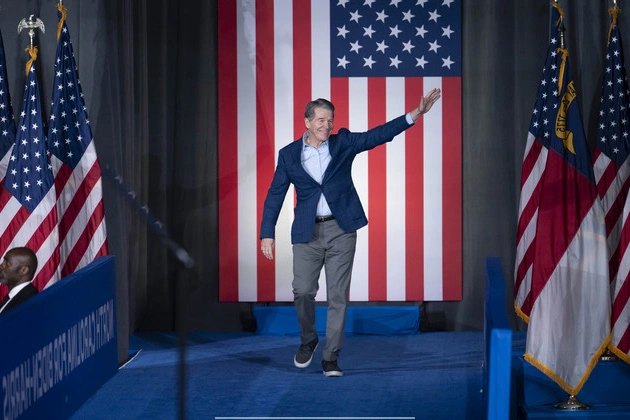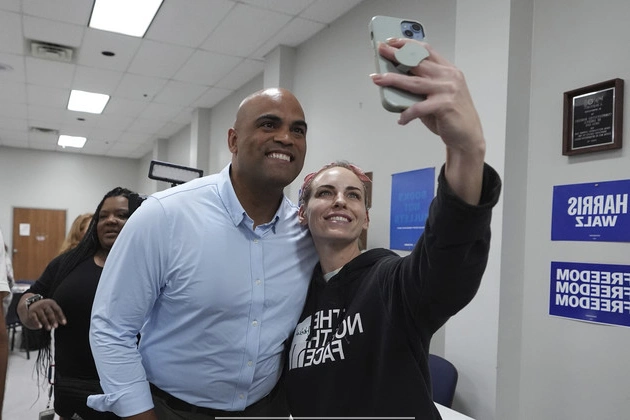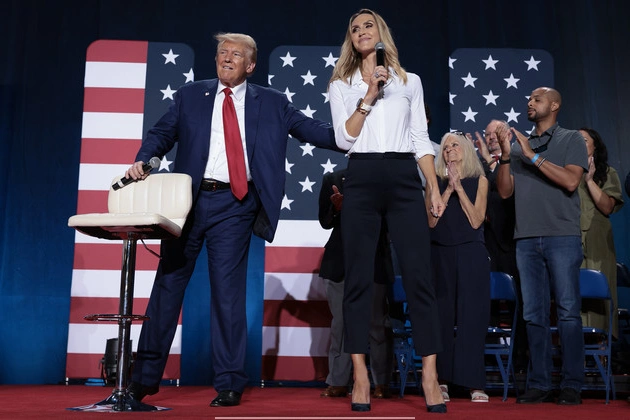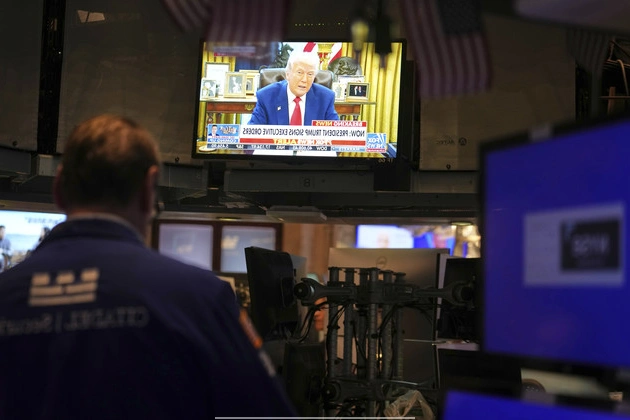
President Donald Trump’s pause on tariffs affecting dozens of U.S. trading partners unleashed euphoria on Wall Street as investors pared back losses sustained in the tumult that followed his April 2 “Liberation Day” announcement. Fears of recession remain, however.
The jubilation flowed as investors hoped there would be an armistice in the global trade war that has threatened to send the U.S. into a recession and led to a sharp selloff of government bonds that accelerated early Wednesday. The market turmoil appeared to concern Trump in a way that days of stock losses had not.
Optimism Amid Uncertainty
Trump announced in a social media post a 90-day pause on new tariffs against every country but China. While he has yet to lock in bilateral agreements with key trading partners, his course reversal sparked optimism that harsh levies on imports from major allies may be avoided and a serious threat to the economy lifted.
“I definitely think we will not have a recession,” said Torsten Slok, chief economist at Apollo Global Management. “That risk has been removed, and that’s of course why markets are rallying so much.”
Overnight, after the tariffs took effect, interest rates spiked on longer-term U.S. government debt, complicating the administration’s efforts to keep borrowing costs down and raising worries about the potential for more serious market disruptions.
Challenges and Uncertainties Ahead
Still, Trump’s surprise announcement — made less than 24 hours after so-called reciprocal tariffs affecting dozens of other countries took effect — is not being viewed as a panacea for the turmoil that’s gripped markets for much of the last two months.
A tit-for-tat trade war with China is accelerating, new taxes on pharmaceutical imports appear imminent and the president could still reject any trade deals offered by other countries. The tariffs left in place by Trump are still expected to dent GDP growth. China raised its tariffs on U.S. products to 84 percent on Wednesday morning and Trump boosted the effective rate on Chinese goods to 125 percent.
As stocks and the dollar soared on the news of a 90-day reprieve, Hatzius published an update saying the bank’s analysts were reverting back to a previous forecast for tepid growth and a 45 percent probability of recession.
That does not mean the risks that were becoming apparent to markets over the past week have dissipated. There are still underlying and potentially destabilizing challenges that could lead to further turmoil relating to U.S. trade policy and government debt.
“It takes some of the tariff pressure off, but you still have an administration that is charging forward with a plan to restructure the economy, and there will be adjustment costs associated with that,” said Tim Duy, chief economist at SGH Macro Advisors.
